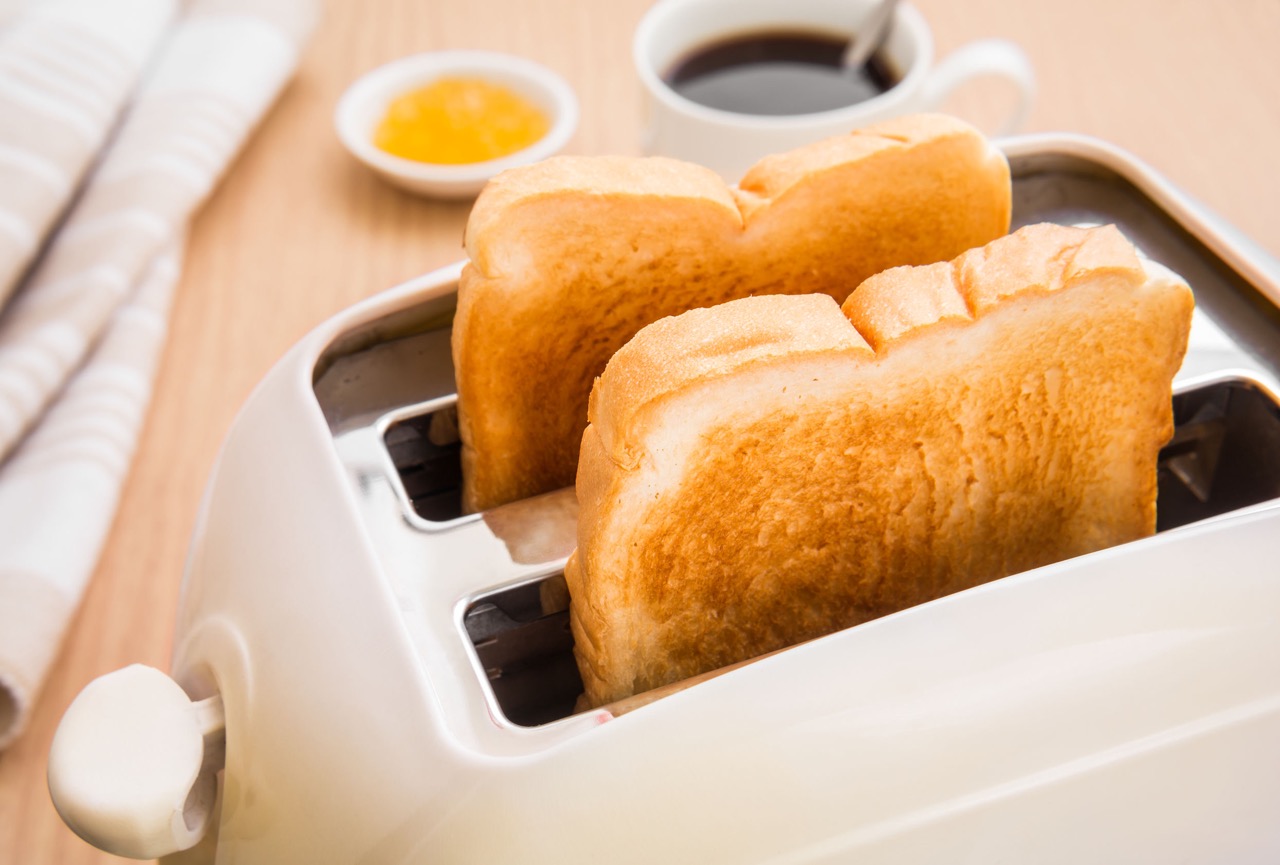

Articles
How To Store Toasted Bread
Modified: October 19, 2024
Learn how to store toasted bread with these helpful articles. Keep your bread fresh and delicious for longer.
(Many of the links in this article redirect to a specific reviewed product. Your purchase of these products through affiliate links helps to generate commission for Storables.com, at no extra cost. Learn more)
Introduction
Welcome to the wonderful world of toasted bread! There’s nothing quite like the crispy, golden goodness of a freshly toasted slice to start your day or complement a delicious meal. But have you ever wondered what happens to that perfect toast if it’s not stored properly? That’s right, it can quickly turn from crispy to stale, losing its mouthwatering texture and flavor. In this article, we will explore the importance of storing toasted bread correctly and provide you with tips and tricks to keep your toast fresh and delightful for as long as possible.
Proper storage of toasted bread is crucial for several reasons. First and foremost, it helps to maintain its crispiness. Stale bread can be a disappointing experience, as it loses its satisfying crunch and becomes tough and chewy. By storing your toasted bread correctly, you can extend its crispy texture and elevate your enjoyment of every bite.
Secondly, storing toasted bread properly can help to preserve its flavor. When exposed to air, bread can quickly absorb moisture and become tasteless. Additionally, improper storage can allow odors from other foods in your refrigerator or pantry to seep into the bread, resulting in unpleasant flavors. By following the right storage techniques, you can ensure that your toasted bread retains its delicious taste and aromatic qualities.
Lastly, proper storage can help to prevent your toasted bread from molding prematurely. Mold is a common issue with bread, especially when it’s not stored in the right conditions. Mold not only affects the taste and texture of the bread but can also pose health risks. By implementing the right storage methods, you can prolong the shelf life of your toasted bread and reduce the chances of mold growth.
Now that we understand the importance of storing toasted bread properly, let’s dive into the factors you should consider when figuring out the best storage options for your favorite toasty slices.
Key Takeaways:
- Properly storing toasted bread is essential to maintain its crispiness, flavor, and quality. Consider factors like air exposure, temperature, and moisture to keep your toast fresh and delicious.
- Avoid common mistakes like leaving bread exposed to air, storing it in the fridge, or near strong odors. Use airtight containers, plastic bags, or bread boxes to preserve the freshness of your toasted bread.
Read more: How To Store Leftover French Toast
Why Toasted Bread Should be Stored Properly
Properly storing toasted bread is essential to maintain its quality, freshness, and taste. Here are a few reasons why it’s important to store your toasted bread in the right way:
- Prolongs Freshness: When bread is toasted, its moisture content is reduced, making it more susceptible to drying out and becoming stale. By storing toasted bread properly, you can extend its freshness and ensure that each slice retains its desirable texture.
- Maintains Crispiness: Toasted bread is loved for its satisfying crunch. However, improper storage can quickly turn those crispy slices into soggy disappointment. By following the right storage techniques, you can help preserve the crispiness of your toasted bread.
- Preserves Flavor: Toasting bread not only enhances its texture but also brings out its flavors. Improper storage, such as leaving it exposed to air or placing it near strong odors, can result in a loss of flavor. Storing your toasted bread properly helps to preserve its delicious taste and aroma.
- Reduces Food Waste: Proper storage techniques can help in reducing food waste by keeping your toasted bread fresh for longer periods. This means fewer stale slices that end up in the trash, allowing you to enjoy every piece and make the most of your bread.
- Cost-Effective: When you store your toasted bread properly, you can make bulk batches or buy loaves in advance without worrying about them going to waste. This can save you money in the long run and ensure that you always have fresh, delicious toast whenever you desire.
- Promotes Food Safety: Storing toasted bread properly helps to prevent the growth of mold, which can pose health risks if consumed. By implementing the right storage methods, you can ensure that your toasted bread remains safe to eat for an extended period.
By taking the time to store your toasted bread correctly, you can prolong its freshness, maintain its texture and flavor, reduce waste, and ensure food safety. Now, let’s explore the factors to consider when determining the best storage options for your toasted bread.
Factors to Consider When Storing Toasted Bread
When it comes to storing toasted bread, there are a few key factors to consider to ensure optimal freshness and flavor. Here are some important factors to keep in mind:
- Air Exposure: Bread can quickly become stale when exposed to air. To prevent this, it’s crucial to store your toasted bread in an airtight container or wrap it tightly in plastic wrap. This helps to create a barrier that locks in the moisture and keeps the bread fresh.
- Temperature: The temperature at which you store your toasted bread can greatly impact its shelf life. It’s best to store toast at room temperature, as refrigeration can cause it to dry out faster. However, if you live in a hot or humid climate, refrigeration may be necessary to prevent mold growth.
- Moisture: While it’s important to protect your toasted bread from excess moisture, it’s also crucial to strike a balance. If the environment is too dry, the bread can become hard and lose its freshness. On the other hand, too much moisture can make the bread soggy. Finding the right balance is key to maintaining the optimal texture of the toasted bread.
- Odor Protection: Toasted bread can absorb odors from its surroundings, which can affect its taste. It’s important to store your toasted bread away from strong-smelling substances such as onions, garlic, or other aromatic foods. Consider using a separate container or bread box to keep your bread isolated from any potential odor contamination.
- Slice Separation: To prevent the slices from sticking together, it’s advisable to separate them before storing. This can be done by placing a small piece of parchment paper or wax paper between each slice. It not only helps with the separation but also makes it easier to grab individual slices without disturbing the rest of the loaf.
- Storage Time: Toasted bread is best enjoyed fresh, and its quality deteriorates over time. It’s advisable to consume toasted bread within 1-2 days of toasting for the best experience. If you have leftover slices, consider freezing them for longer storage while using the proper freezing techniques.
By taking these factors into consideration, you can effectively store your toasted bread to maintain its freshness and flavor for as long as possible. In the next section, let’s explore the best storage options for your toasted bread.
The Best Storage Options for Toasted Bread
Proper storage is crucial to keep your toasted bread fresh and delicious. Here are some of the best storage options to consider:
- Airtight Containers: Storing your toasted bread in airtight containers is one of the most effective ways to keep it fresh. Choose containers that are specifically designed for bread storage, with a tight-fitting lid to seal in the freshness. Make sure the container is large enough to accommodate the size of your toasted bread slices.
- Plastic Bags: If you don’t have a dedicated bread container, you can use resealable plastic bags to store your toasted bread. Ensure that the bags are airtight and seal them tightly to prevent air exposure. This option works well for individual slices or smaller batches of toasted bread.
- Bread Boxes: Bread boxes are specially designed to keep bread fresh. They provide an ideal environment by regulating moisture and air circulation. Look for a bread box with ventilation holes and a tight-fitting lid. Place your toasted bread inside the box and keep it in a cool, dry place away from direct sunlight.
- Paper Bags: If you prefer a more eco-friendly option, you can store your toasted bread in paper bags. Place the slices in a paper bag and roll down the top to seal it loosely. This option allows for some airflow while protecting the bread from excess moisture and air exposure. Keep the bag in a cool, dry place, away from any strong odors.
- Freezing: Freezing is an excellent way to extend the shelf life of toasted bread. Wrap the cooled toasted slices tightly in plastic wrap or aluminum foil, ensuring there are no air pockets. Then, place the wrapped slices in an airtight container or resealable freezer bags. Label them with the date and freeze for up to three months. When ready to enjoy, simply thaw the slices at room temperature or pop them in the toaster for a quick and easy breakfast option.
Remember to consider factors such as available storage space, the number of toasted bread slices, and personal preference when choosing the best storage option for your needs. Experiment with different methods to find the one that keeps your toasted bread fresh and delicious for as long as possible.
Now that we’ve explored the best storage options, let’s move on to some essential tips for preserving the freshness of your toasted bread.
Store toasted bread in an airtight container or resealable plastic bag at room temperature. Avoid storing it in the refrigerator, as the moisture can make it soggy.
Tips for Preserving the Freshness of Toasted Bread
Ensuring the freshness of your toasted bread goes beyond simply choosing the right storage option. Here are some helpful tips to keep your toasted bread delicious and crispy:
- Wait for the Toast to Cool: Allow your freshly toasted bread to cool down completely before storing it. Storing hot bread can create condensation, leading to a soggy texture and loss of crispiness.
- Slice as Needed: To minimize exposure to air and maintain freshness, consider slicing and toasting only the amount of bread you plan to eat. This way, you can toast individual slices whenever desired instead of toasting the whole loaf in advance.
- Reheat When Desired: If you have leftover toasted bread that has lost its crispiness, you can revive it by reheating it in a toaster or oven for a few minutes. This will help restore some of its original crunch.
- Avoid Moisture: Moisture is the enemy of crispy toasted bread. Avoid storing your toasted bread in areas of high humidity, such as near the stove or in the refrigerator, as this can lead to faster moisture absorption and a soggy texture.
- Keep Away from Direct Sunlight: Exposing your toasted bread to direct sunlight can cause it to dry out and become stale more quickly. Store it in a cool, dry place away from direct sunlight to maintain its freshness.
- Avoid Refrigeration: While refrigeration can help prevent mold growth, it can also cause the bread to dry out faster. It’s best to store your toasted bread at room temperature unless you live in a hot and humid climate.
- Use Freshly Sliced Bread: When toasting bread, start with freshly sliced bread for the best results. Fresh bread has a higher moisture content compared to older bread, resulting in a crispy and flavorful toast.
- Handle with Clean Hands: When handling toasted bread, make sure your hands are clean to avoid transferring any oils or dirt that can affect its freshness and taste.
- Optimize Freezing Technique: If you plan to freeze your toasted bread, ensure you wrap it tightly in plastic wrap or aluminum foil to prevent freezer burn. Label and date the slices for easy identification and consume them within three months for the best quality.
- Consider Bread Freshness Bags: There are special bags available that claim to prolong the freshness of bread. These bags are designed to regulate the moisture levels and extend bread’s shelf life. You can experiment with these bags to see if they provide the desired results for your toasted bread.
Following these tips will help preserve the freshness, texture, and flavor of your toasted bread. Now let’s take a look at some common mistakes to avoid when storing your precious slices of toast.
Read more: How To Store Toasted Coconut
Common Mistakes to Avoid When Storing Toasted Bread
Properly storing toasted bread is essential to maintain its freshness and quality. Avoid these common mistakes to ensure your toast stays crispy and delicious:
- Leaving Bread Exposed to Air: One of the biggest mistakes is leaving toasted bread exposed to air. This can quickly lead to moisture loss, making the bread stale and less enjoyable. Always store your toasted bread in an airtight container or wrap it tightly in plastic wrap to create a barrier against air exposure.
- Storing Toasted Bread in the Fridge: While refrigeration can help extend the shelf life of regular bread, it’s not recommended for toasted bread. The cold temperature can dry out the bread faster, compromising its crispy texture. Store your toasted bread at room temperature, in a cool, dry place instead.
- Storing Toasted Bread Near Strong Odors: Toasted bread can easily absorb odors from other foods in your pantry or refrigerator. Avoid storing it near strong-smelling ingredients like onions or garlic, as this can affect its flavor. Keep your toasted bread in a separate container or bread box to protect it from any unwanted odors.
- Not Slicing the Bread before Storing: Storing the whole loaf of toasted bread without slicing it can make it challenging to retrieve individual slices without disturbing the rest. It’s best to slice the bread before storing it, separating each slice with parchment or wax paper to prevent sticking.
- Using Improper Freezing Techniques: Freezing toasted bread can be a great way to extend its shelf life. However, improper freezing techniques can lead to freezer burn or loss of quality. Make sure to wrap the toasted bread tightly in plastic wrap or aluminum foil to prevent air exposure and label the package with the date for easy reference.
- Storing Toasted Bread in Moist Environments: Moisture can quickly turn your crispy toasted bread into a soggy mess. Avoid storing your toasted bread in humid environments, such as near the sink or dishwasher. Keep it in a cool, dry place to maintain its crispness.
- Not Checking for Mold: Mold can develop quickly on stale bread, and it can be harmful if consumed. Before consuming your toasted bread, always check for any signs of mold growth. If you spot mold, discard the bread immediately to prevent any health risks.
- Stacking Toasted Bread: Stacking slices of toasted bread can cause them to stick together, making it difficult to separate them without damaging the texture. Ensure the slices are completely cooled before stacking them, and consider using parchment or wax paper between each slice.
- Not Using Freshly Sliced Bread: Toasting stale or freezer-burnt bread will not yield the same delicious results as toasting freshly sliced bread. Always use fresh bread for the best toasting experience.
- Not Consuming within a Reasonable Timeframe: Toasted bread is best enjoyed fresh, within 1-2 days of toasting. While storage techniques can help extend its shelf life, it’s essential to consume it within a reasonable timeframe for the best taste and texture.
By avoiding these common mistakes, you can ensure that your toasted bread stays fresh, crispy, and enjoyable. Now, let’s wrap up our discussion.
Conclusion
Properly storing toasted bread is crucial to maintain its crispiness, flavor, and overall quality. By implementing the right storage techniques, you can enjoy fresh and delicious toast every time. Remember to consider factors such as air exposure, temperature, moisture, and odor protection when choosing the best storage option for your toasted bread.
Using airtight containers, plastic bags, bread boxes, or paper bags can help keep your toasted bread fresh. If you have leftover slices, freezing them with proper wrapping techniques can extend their shelf life. To preserve the freshness of your toasted bread, wait for it to cool completely, slice as needed, and handle it with clean hands.
Avoid common mistakes such as leaving bread exposed to air, storing it in the fridge, or near strong odors. Remember to check for mold and consume your toasted bread within a reasonable timeframe for the best taste and texture.
By following these tips and avoiding common mistakes, you can ensure that your toasted bread remains fresh, crispy, and irresistible. So, the next time you enjoy a slice of perfectly toasted bread, rest assured that you have the knowledge to properly store it and savor every bite.
Now go ahead, toast some bread, and savor the goodness!
Now that you've got the scoop on storing toasted bread, why stop there? Dive into our guide on 12 best options for bread storage for the latest innovations to keep all types of bread fresher. If your kitchen space feels cramped, our 10 ways to maximize kitchen space will help you organize every inch. Also, discover stylish and functional options for a fresher loaf that ensure your bread remains soft and delightful. Each read offers practical solutions tailored to enhance your daily routines and culinary spaces.
Frequently Asked Questions about How To Store Toasted Bread
Was this page helpful?
At Storables.com, we guarantee accurate and reliable information. Our content, validated by Expert Board Contributors, is crafted following stringent Editorial Policies. We're committed to providing you with well-researched, expert-backed insights for all your informational needs.

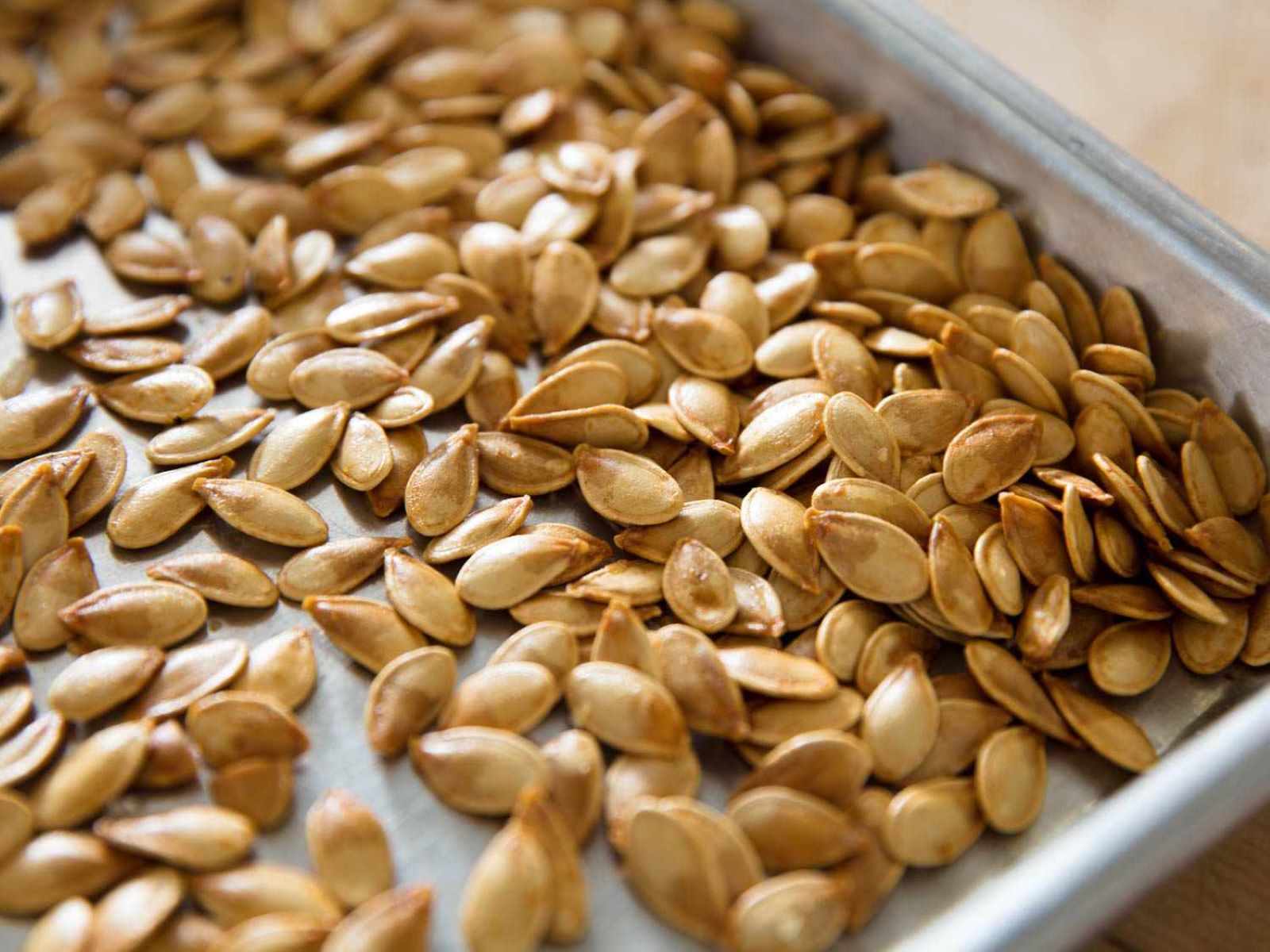
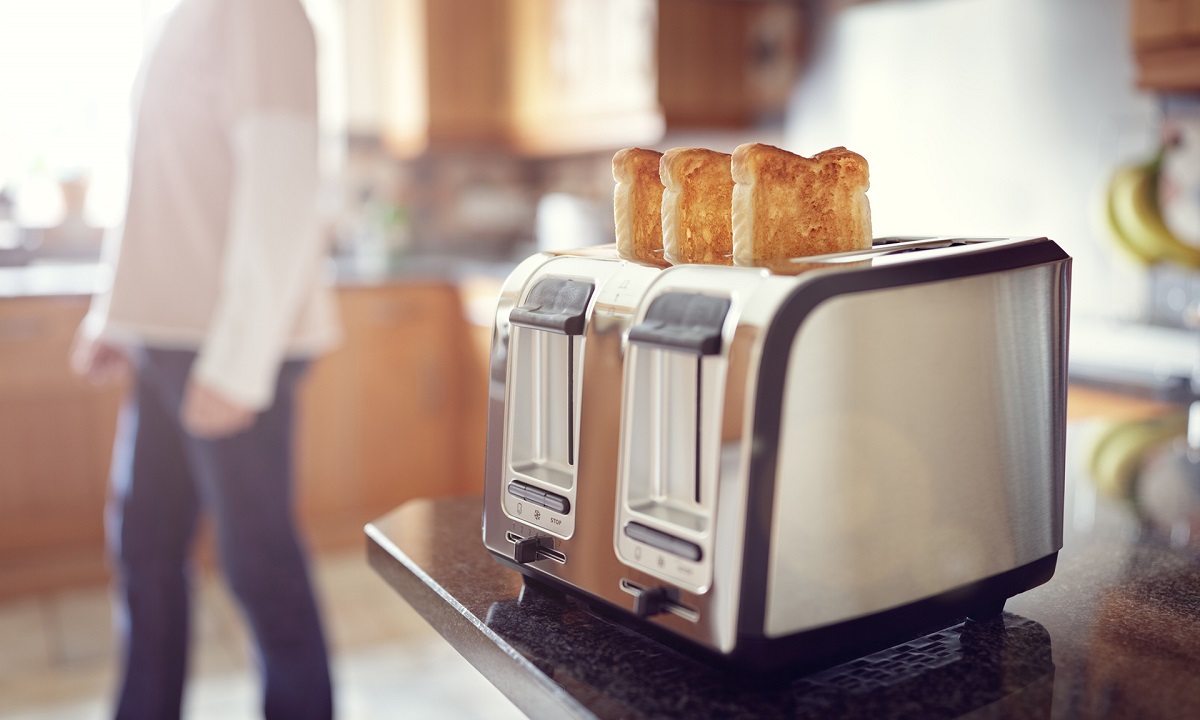
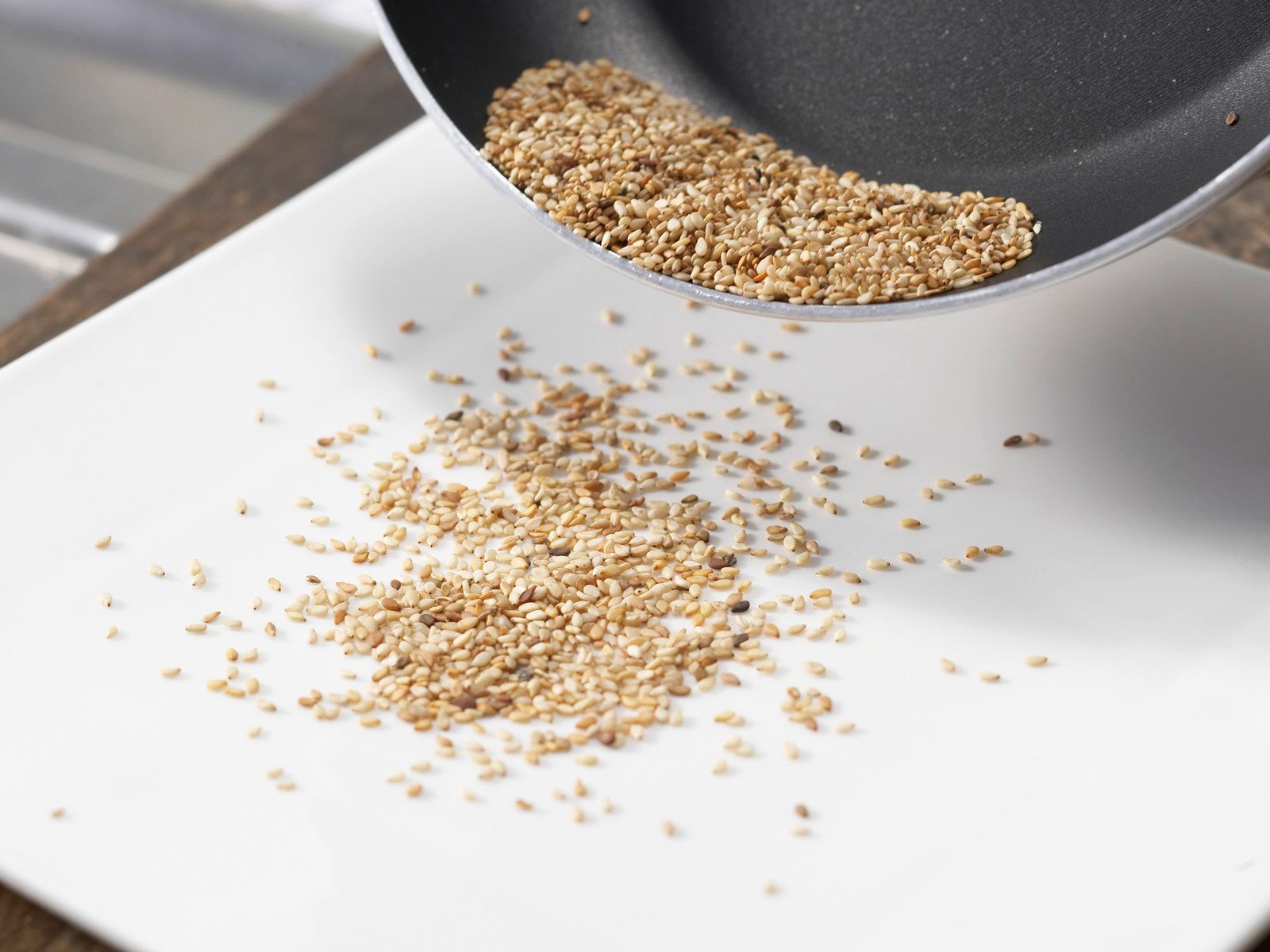
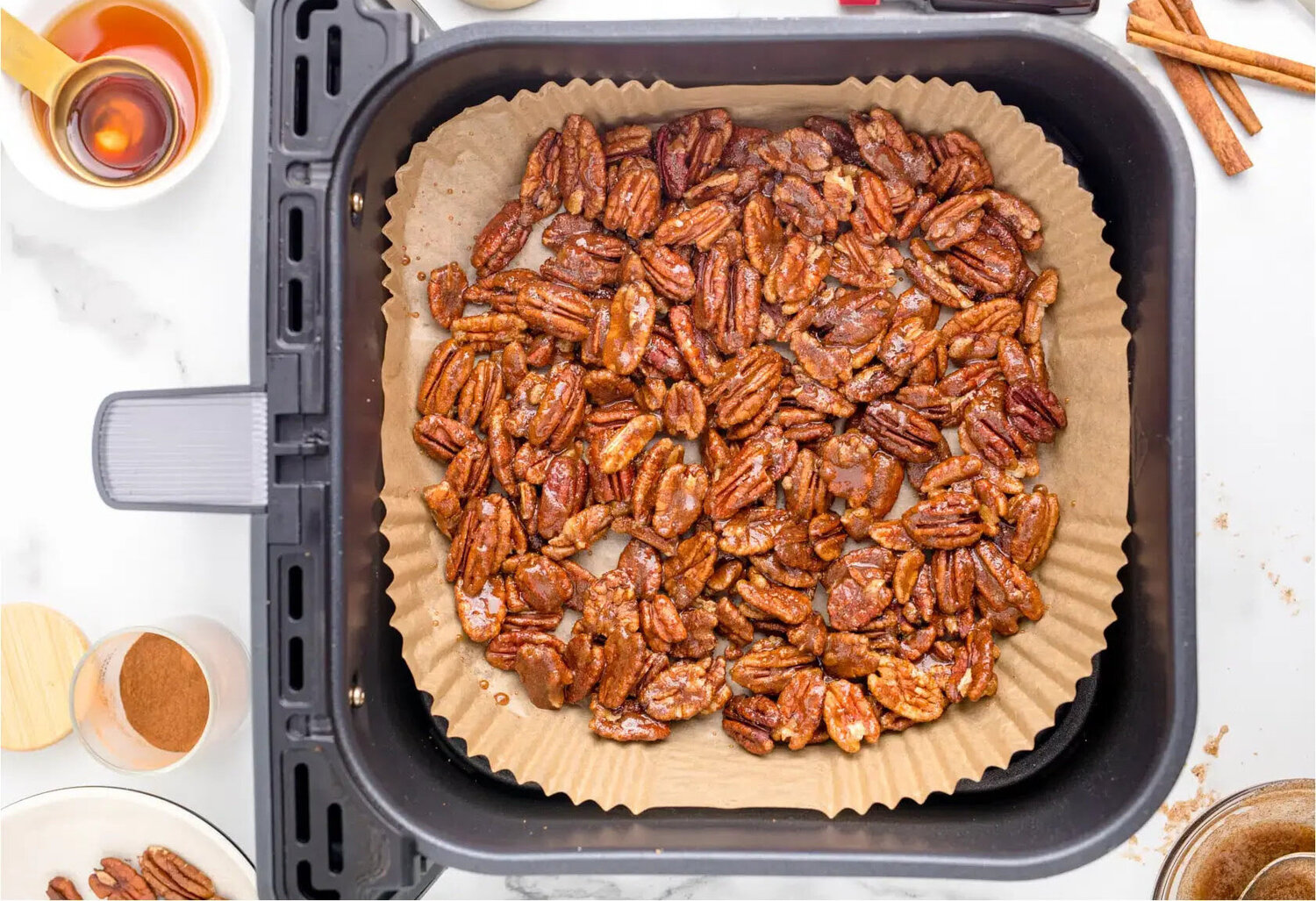
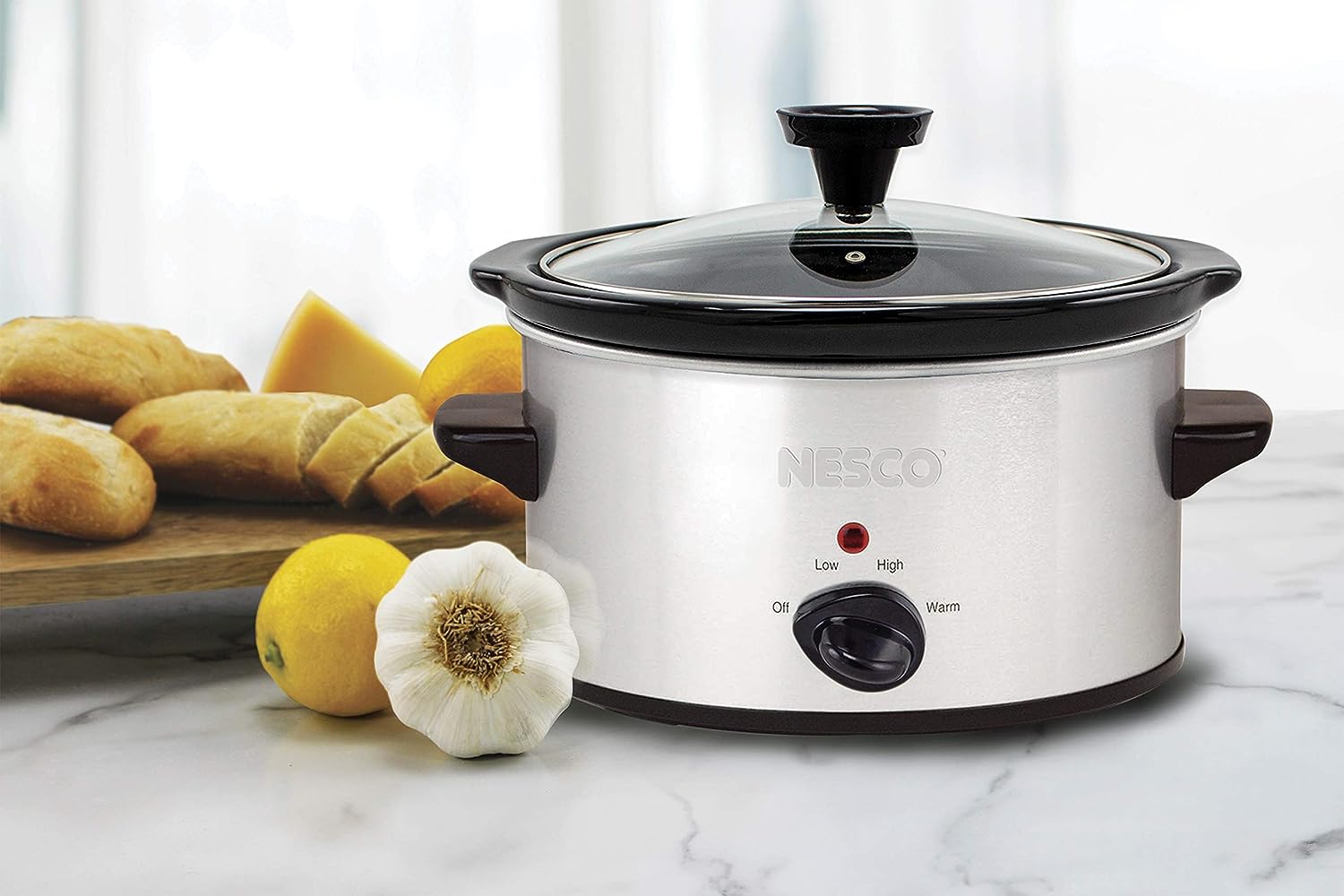

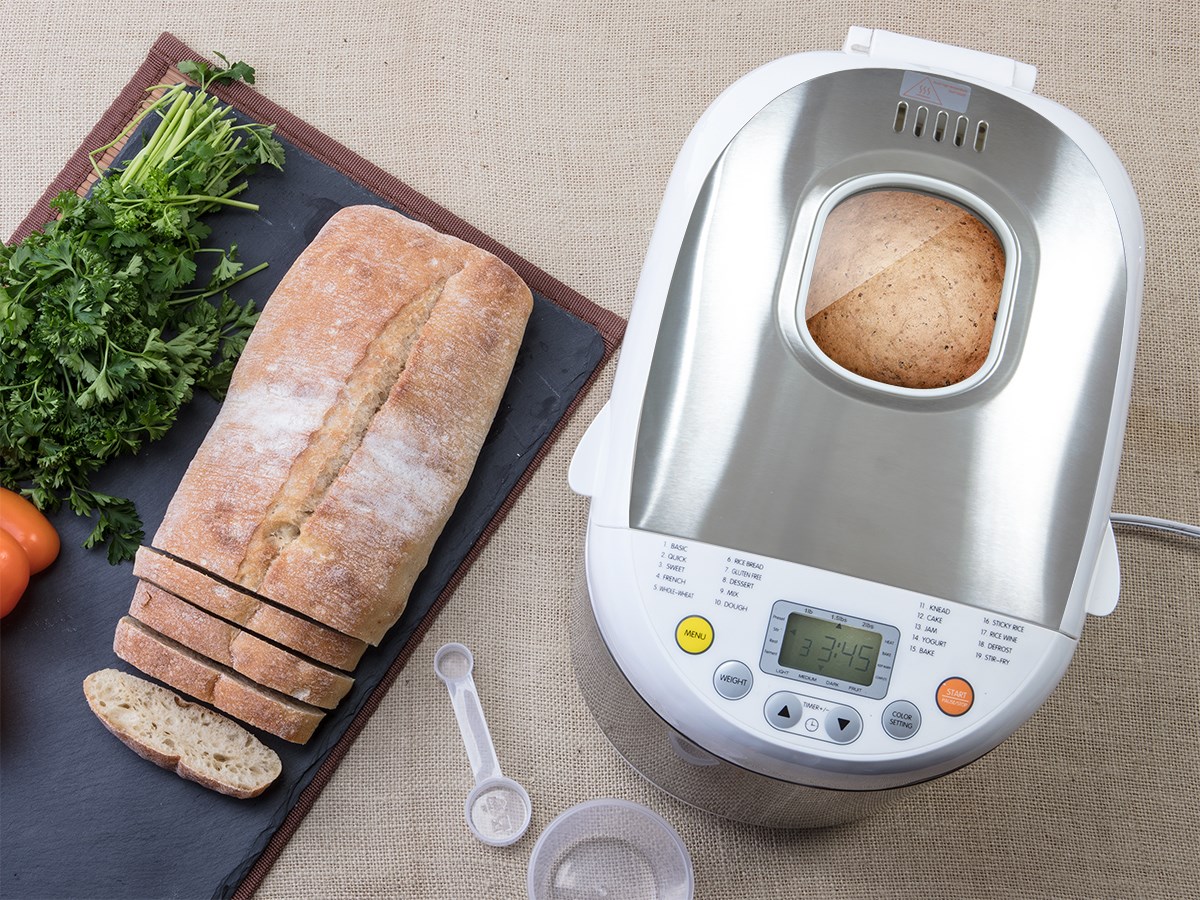

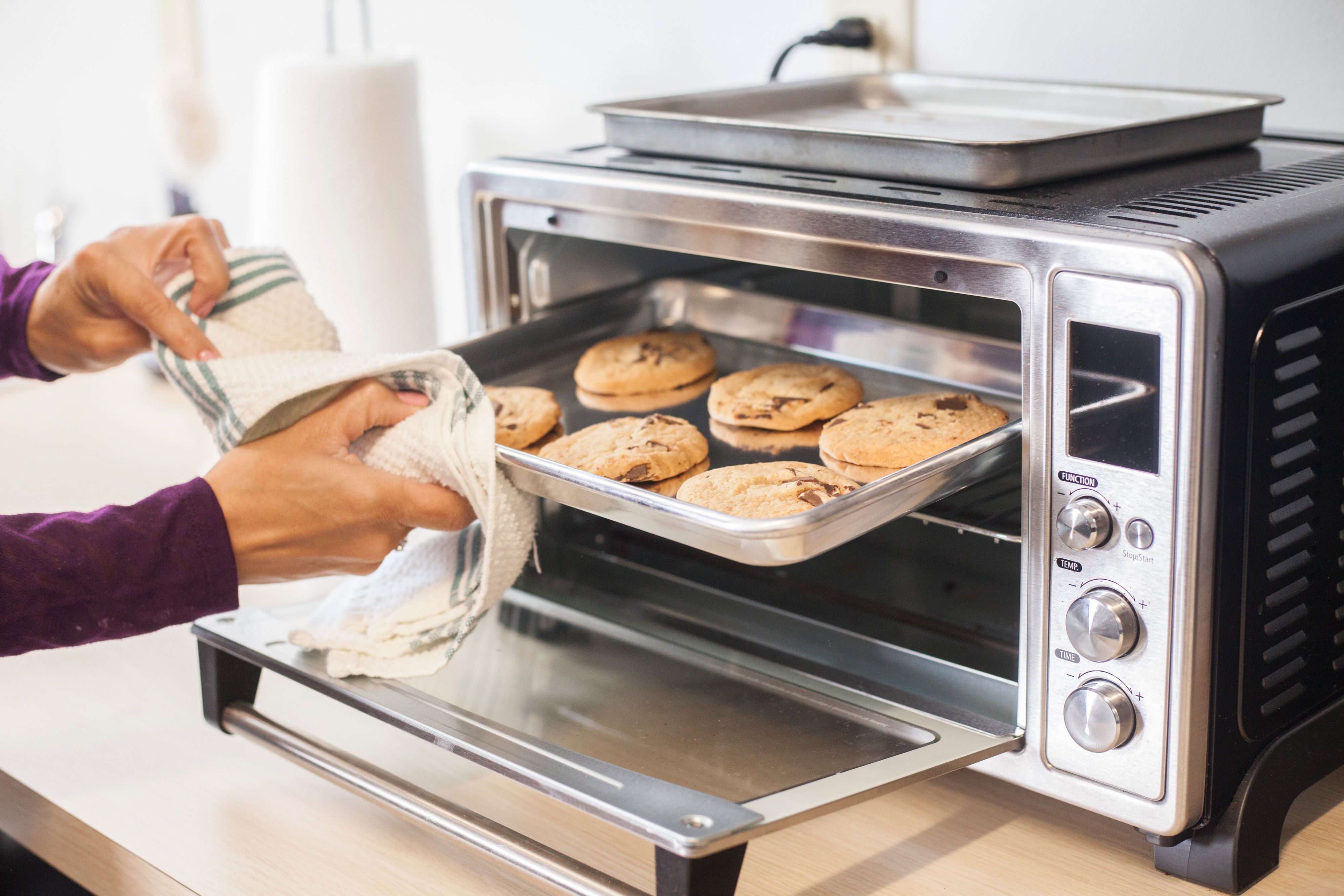
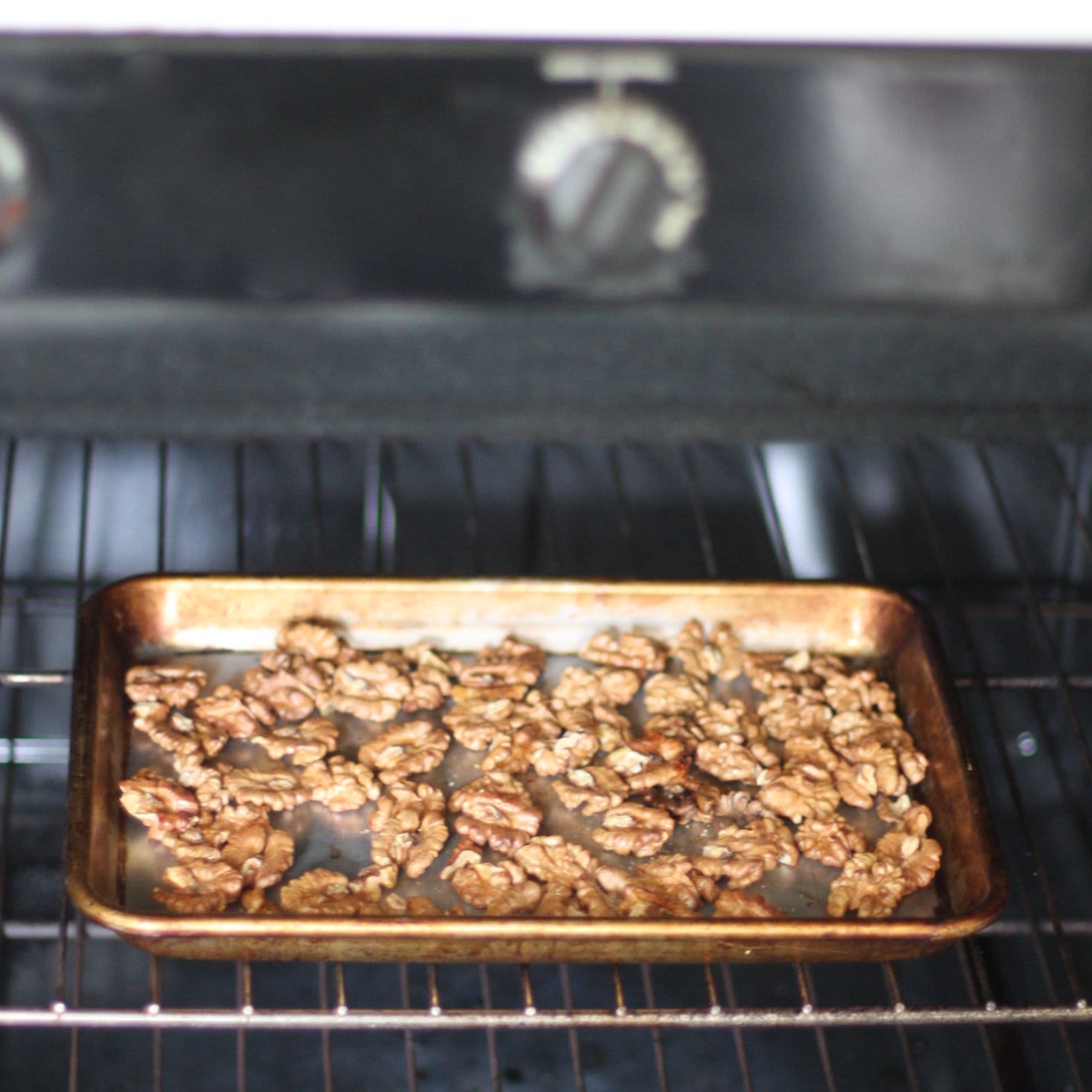

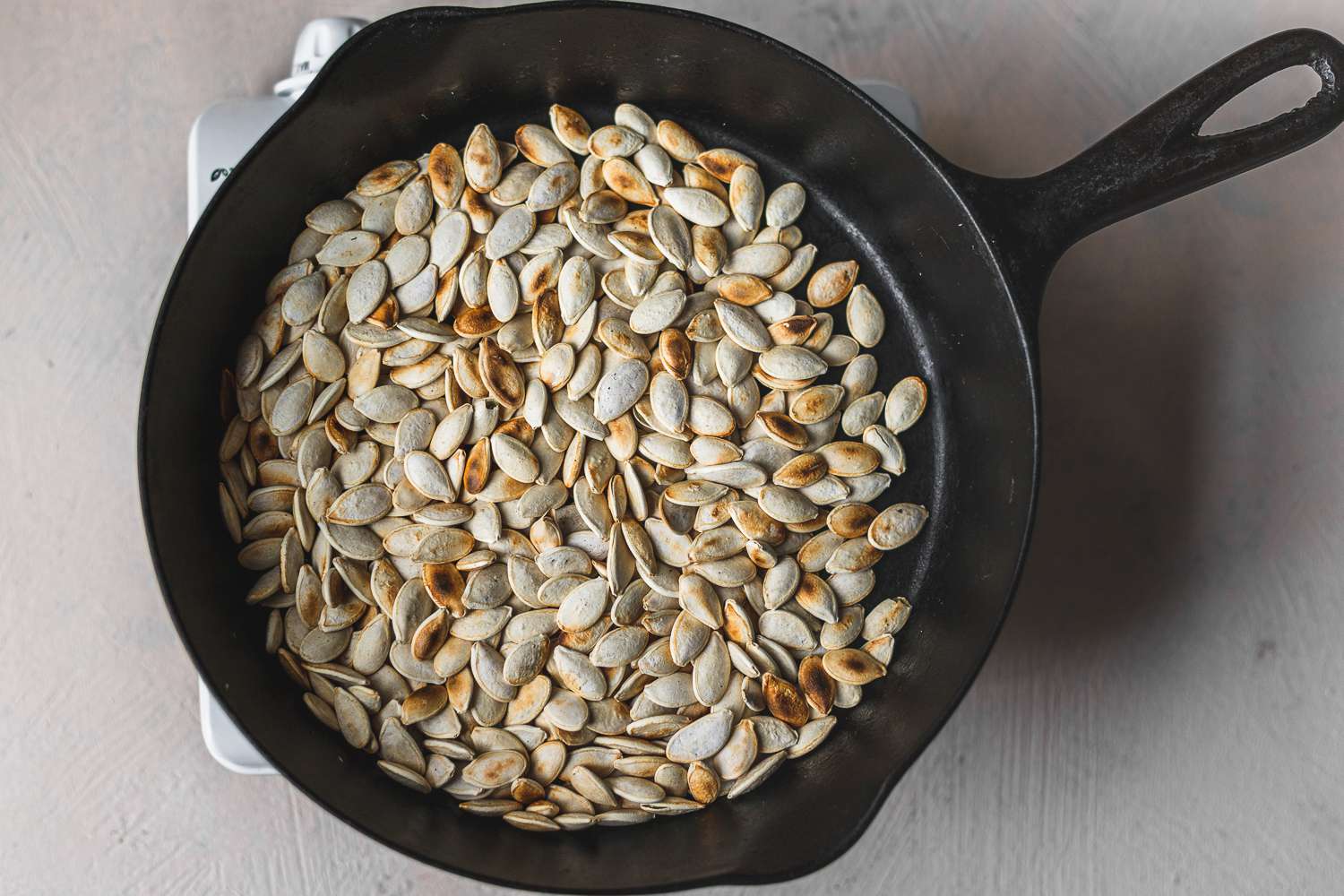
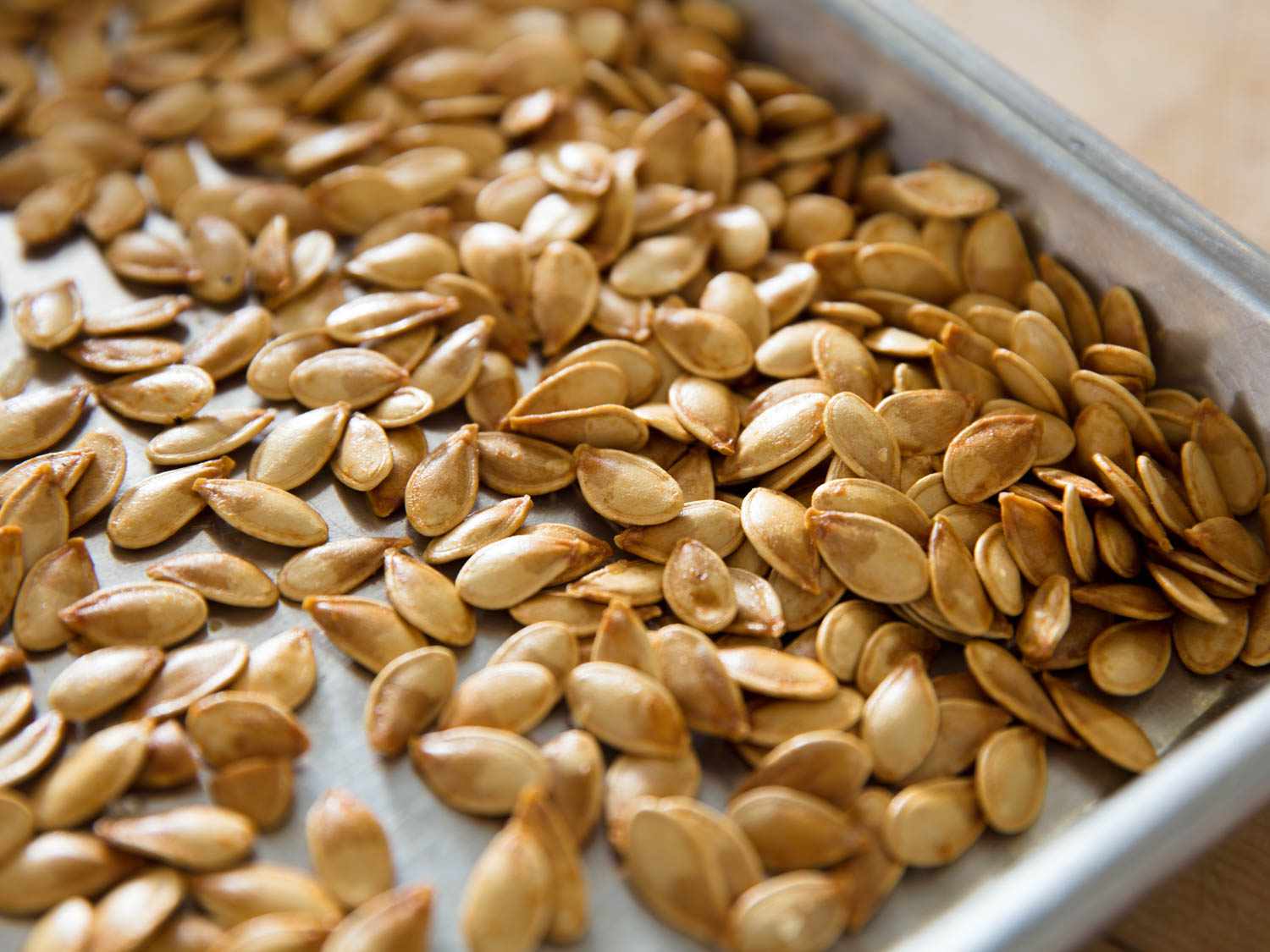

0 thoughts on “How To Store Toasted Bread”